The world that is home to more than 7.5 billion people is increasingly becoming an urban world. While the rate and patterns of migration differ in different parts of the world, the increased movement from rural to urban centers is a global phenomenon. The numbers are astonishing.
- In 1950, 30% of the population resided in urban centers, which is up to over 55.7% now.
- It is estimated that more than 2/3 of the global population will be city dwellers in the next ten years,
- Urban land coverage is likely to expand by 463,000 square miles by 2030 (which covers just under 10% of the planet’s land).
While increasing urbanization was a more pronounced concern in the developed world, the developing countries in Asia and Oceania also witnessed the same trend. In the U.S., 82% of North Americans live in urban areas. Moreover, it is expected that the urban areas housing more than one million people are projected to grow to 53 by 2030.
Contents
Why Is Increasing Urbanization A Concern?

By why is increasing urbanization a concern?
At one end of the spectrum, there is a growing body of evidence that suggests that urban areas remain a dangerous place for humans to live. According to WHO,
- 7 million people die annually each year from the undesirable effects of air pollution,
- 9 out of 10 people living in cities are breathing air that is not safe for consumption,
- Excessive urban heat due to global warming kills more people every year than all other weather-related disasters combined.
In all, cities are dangerous places for humans to live.
But what about other life forms that make-up the global ecosystem?
Nature is being exhausted at an unprecedented rate. The loss of habitat due to urbanization, synthetic chemicals polluting nature to the core and the resulting climate change is triggering a mass extinction event that could be as severe, if not more, then the destruction of dinosaurs.
Is There A Solution?

The increasing urbanization trend is dangerous, not just for humans but for all life forms as well as for the planet. But given the extent of the problem, do we still have a solution?
The only solution lies in bringing nature into cities. “Nature in and around cities is integral for maintaining biodiversity, but it is also critical for the humans who depend on the benefits that nature provides,” says Dr. Rob McDonald, who is the lead scientist for Global Cities at The Nature Conservancy. The non-profit organization, in collaboration with other environmental associations such as Future Earth and WWF, is working towards finding a solution to this problem. According to these organizations, the solution lies in the following measures.
Smarter Urban Planning
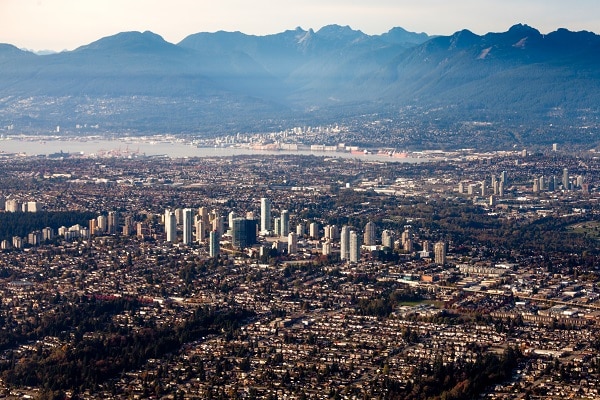
While there is no universally accepted definition of what a “smart city” should look like but in its’ purest form, it is an urban center that heavily relies on research and technology for planning and dealing with problems pertaining to urban living while minimizing its negative aspects. Smarter urban planning refers to the use of technology to identify ways to protect nature and look for ideas of bringing nature closer to urban centers.
Slower Urban Development In Coastal Areas
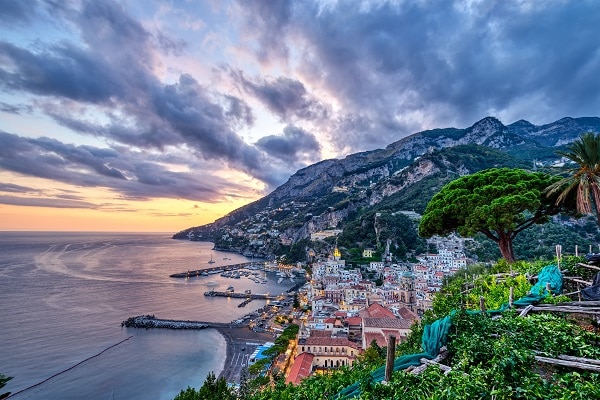
The boarder solution of slowing urban development in coastal areas was devised to protect a population of 40 million people is living in coastal areas around the world. It is a concern because people residing in coastal cities have an increased risk of climate change. Their lives and properties are at a greater risk of damages caused by environmental problems such as flooding and storm. Moreover, city dwellers in the coastal areas contribute heavily to water pollution.
Overfishing, loss of marine habitat, and ocean warming are some of the undesirable effects of urban development in coastal areas. By slowing down the process, there is a good chance of reducing, if not reversing, the environmental damage caused due to thriving life in coastal regions.
Controlling Carbon Emissions Due To Increasing Urbanization
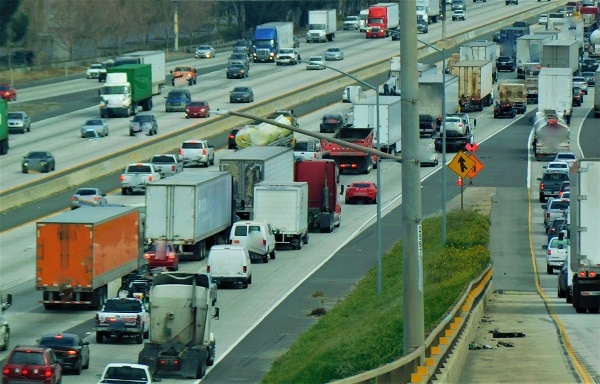
Another undesirable effect of increasing urbanization is increased carbon emissions. Since road is often the building block of a city, all modes of transportation used throughout the process contribute heavily to carbon emission. Part of bringing nature into the city involves controlling carbon emissions due to increasing urbanization.
While these are just broader areas of the solution, a more narrow approach to solving this problem was adopted by international cities, including Medellin, Columbia, and Vancouver, Canada. Let’s take a closer look at how these urban metropolises strived to bring nature back to the cities and what we can learn from them.
Learnings From Medellin, Columbia
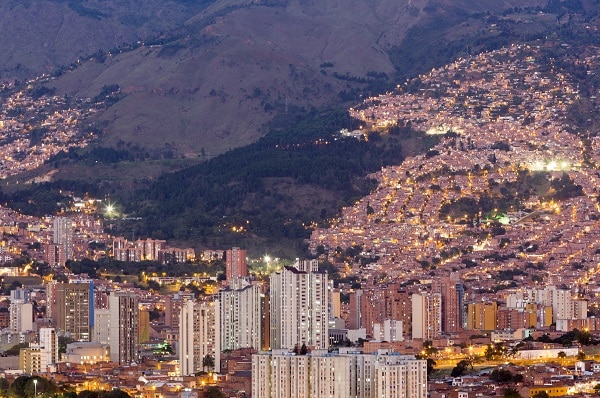
The Columbian city that was notorious for social exclusion, inequality, and poverty, transformed itself in only two decades. The transformation couldn’t go unnoticed by the international world, and the city received a lot of attention and recognition. The process started in 1995 with the opening of Metro de Medellín – the first and only subway network in Colombia. While this was an initiative to enhance connectivity, it was a part of smarter urban planning that connected all society segments to make it a more inclusive city. As a result, there were better education and employment opportunities for all members of the society that reflected in improved economic conditions years later.
Over the years, what was once known as “the most dangerous cities in the world” has transformed into a more inclusive society where all members can survive and thrive in a safer and more environment-friendly society.
Vancouver, Canada – A Classic Example Of Smart Urban Planning
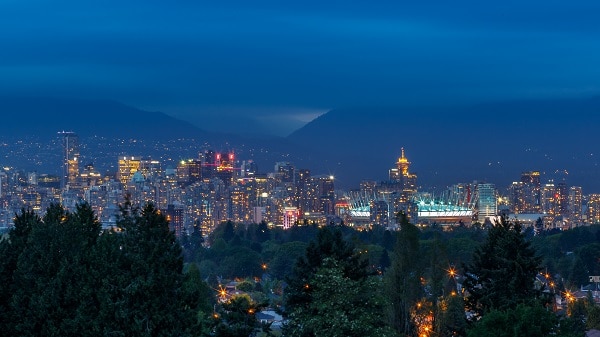
Vancouver is indeed one of the very few cities in the world that have never been stagnant. From being the industrial epicenter in the 1960s and 70s to announcing the goal of becoming the world’s greenest city by 2020 in 2003, Vancouver has come a long way. While it was a very broad (and lofty) goal, the city planners came up with very specific measures required to accomplish the goal.
The City Action Plan included measures such as reducing the driving distance covered by commuters, an increase in food and green jobs, a plan to decrease in-waste to landfill sites, planting new trees, and a decrease in greenhouse gases. So far, the city has managed to be successful on the above-mentioned fronts. However, the city is still challenged to find a way to substantially reduce the waste of 2.6 million paper coffee cups that the city uses and discards every year, along with the two million plastic bags that make their way into the city’s landfill.
While Medellin and Vancouver still have a long way to go, there is a lot that the world can learn from these cities about bringing nature back to the urban centers so the world can be a better place to live.


